
I'm pretty sure some of you have came across this blaster somewhere on the Internet and now, we are here to supply you with more information about this blaster. We have a sample unit on the way to us as we speak, so for now, we can't give you guys any review about the blaster until we test it ourselves.
The Colonel Wasp's 76 is an AEB (Automatic Electric Blaster) somewhat similar to QWK Challenger MK3. They are both Li-Po battery powered, and they both utilize spring and gear systems to fling foams.
One of the key differences compared to the Challenger MK3 is that the 76 is a pure, simple and fully mechanical (Think Carburetor) while the Challenger MK3 is chock-full of electronics (Think Electronic Fuel injection). So what does that really means? It means 76 will have a far simpler electrical design compared to the Challenger MK3. The golden rule: The lesser the parts, the lesser the fault points, the lesser chances of thing can go wrong. Hence the 76 should definitely be more reliable. We aren't saying electronics or those onboard computers are bad. They are extremely awesome in fact. It's the reason why MK3 can have close breech design that gives the user the INSTANTANOUS trigger responds the moment the trigger is pulled, while the 76 had to adopt a simpler open breech design.
Let us talk about this Open and closed bolt/breech design and why it's important to know the difference.
Open bolt/breech : When the blaster is ready to fire, there is no dart in the chamber. The spring is not compressed. When the trigger is pulled, the piston/plunger rod is picked up and pulled by the gear system, spring gets compressed and when the piston reach the point of let go, the piston is released. At the same time, the breech/bolt/pusher now works to push and load a dart from the magazine, into the barrel, with the timing set and determined by the gear system to now deliver the compressed air and shoot the foam out of the barrel. This system is simple, effective and no need for a catch plate. The cons? Latency of the dart being fired out when the trigger is pulled.
Closed bolt/breech: Literally any of the traditional manual springer like Retaliator, Longshot etc are closed bolt design. It means that when the blaster is prepared to fire, the spring is compressed (primed) and the piston/plunger rod is held by a device or what we commonly referred as the Catch Plate, with a dart loaded into the barrel. When the trigger is squeezed the trigger bar pushes and activates the catch plate, the piston is now released and a dart is fired out from the barrel. The trigger responds is hence instantaneous. The cons? Well it is much more complex when it comes to making it electronic. The catch plate is also under tremendous of stress when the system is primed and will wear out faster compare to the gear system on the Open bolt/breech piston design.
So to make it real easy to understand, the 76 will have significant delay from trigger pull to actual firing of the blaster as it will have to cycle to close the breech, then release the plunger rod while for MK3, your trigger pull will instantly release the plunger rod since the breech is already closed with a dart loaded in the barrel. Not to mention, the MK3 comes with an extremely precise semi, burst and full automatic fire control, while you have to stick with full auto ONLY for the 76, though a "manual" single fire is possible and easily doable.
The 76 reassembles more of a greatly improved Stampede design. Don't get us wrong though, the 76 is awesome in its own class. It's not about whether the Challenger MK3 or the 76 is better. Both of these blasters are very different in the "Battery powered automatic springer blaster" class .The Challenger MK3 is much more advance with plenty of electronics and sophisticated onboard computer, VERY expensive and comes with plenty of features that you may or not needed. The 76 on the other hand is much more affordable with simpler and direct design (Or featureless, lol) that just works. Not to mention the monstrous FPS that it can deliver because of the huge plunger tube volume!
Here's the most asked question answered: The 76 is COMPATIBLE with the Worker Talon straight mags! Pretty sure most of you will rejoice about this. HOWEVER, the battery is stored in its AEG motor grip and it has a shitty inferior SM battery connector head out of the box, a huge let down really. SM connector format is more popular in China due to it's usage in water gel blaster but it will be an issue for overseas customer. You can swap the AEG motor grip to any other AEG motor grip of your choice, so you can customize this to a grip that you are most comfortable with. The 76 doesn't comes with a buttstock but it does have a port for you to install AEG style M4 buffer tube, means you can use an M4 style buttstock of your choice too.
If you are like us that hates the tiny battery compartment in the handgrip (because not many batteries can fit into it), you can rewire it to the back at the 76 came with a small hole at the back to allow rear wiring setup. Once you rewire to the end, swap out the SM connector to something like Mini Tamiya or T plug, paired with an AEG buffer tube, you can now use a more commonly available Airsoft AEG M4 battery.
On reliability end, currently all 76 is fitted with steel gears and steel piston teeth. Instead of a gearbox, the gears and entire system are installed onto the receiver shell itself. Thanks to this, the blaster appears to be slimmer but it won't be as easy to assemble as a gearbox variant. Speaking of maintenance, 76 uses a top down scissors split design that will allow user open up the blaster with ease.
Let's dive into more technical details of the 76. The 76 have the same plunger tube size as the Firefly but with slightly less travel distance which put it about 80% effective volume of the Firefly. It's still a huge plunger tube volume, more than Prophecy etc. This is where the 76 outshine it's competitor. Thanks to the huge plunger volume, paired with a 25cm barrel, it's reported to produce 220-230FPS using a Worker Gen2 HE dart. The China variant came with a much shorter barrel, performing way lesser, due to their strict joule limit law. Since we aren't getting that version, we will just skip talking about this. The blaster performs at 5 rounds per second, not fast but not that slow either, similar to Challenger MK3 rate of fire. For modding potential, increasing the barrel length and spring will definitely improve the FPS, with a high of 260FPS reported so far. But bear in mind, using a stiffer spring will put a lot of stress on both its internal and external and risk breaking it prematurely.
The 76 is definitely one the blaster to look out for this year. It sits around Worker Swift price range, around the 150 USD region. This makes the 76 super appealing because you are getting a 200+ FPS full automatic springer that is talon mag compatible, for almost half the price of a Challenger MK3. It will be game changer for sure in the foam flinging scene. The 76 is estimated to be available on our webstore around March 2022. Again, as usual, we will be making exclusive improvements to the blaster that you cannot get elsewhere.
We stand by the slogan of "By Nerfers, For Nerfers"!
If you are interested to get more news on the Colonel Wasp's 76 availability, subscribe to our newsletter below.


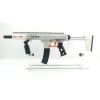
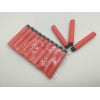
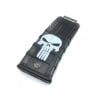
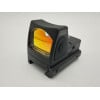
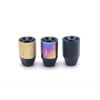
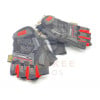
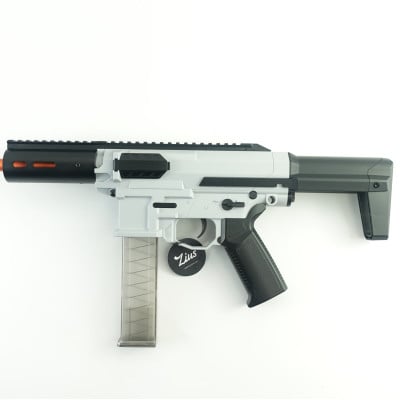
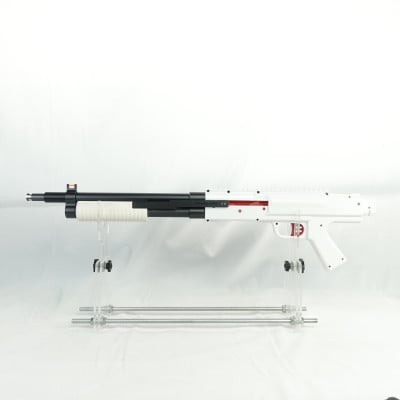
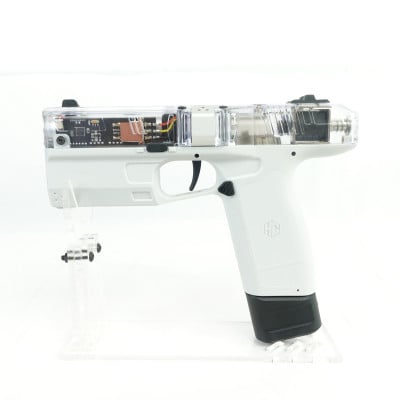

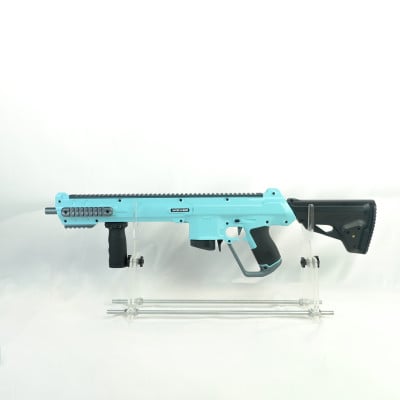
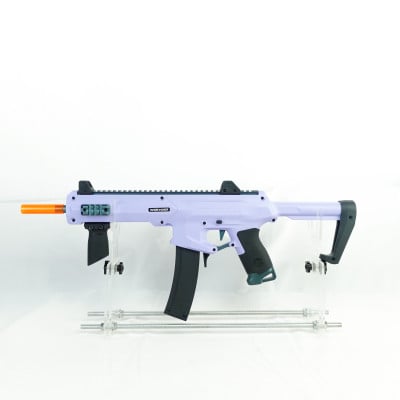
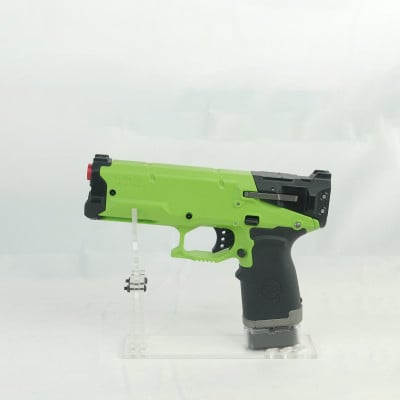
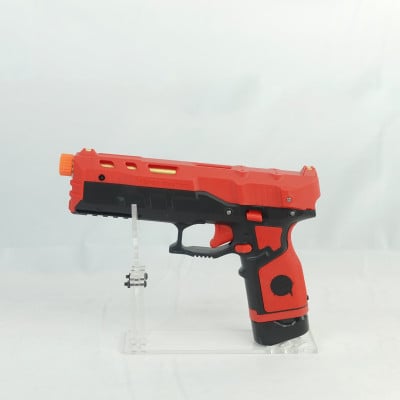
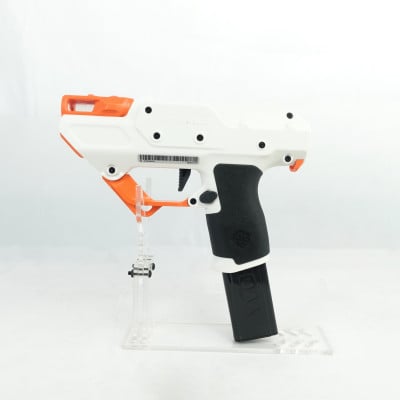

Leave a Comment